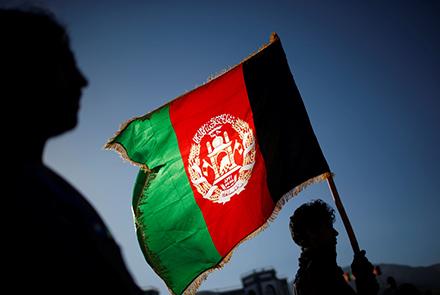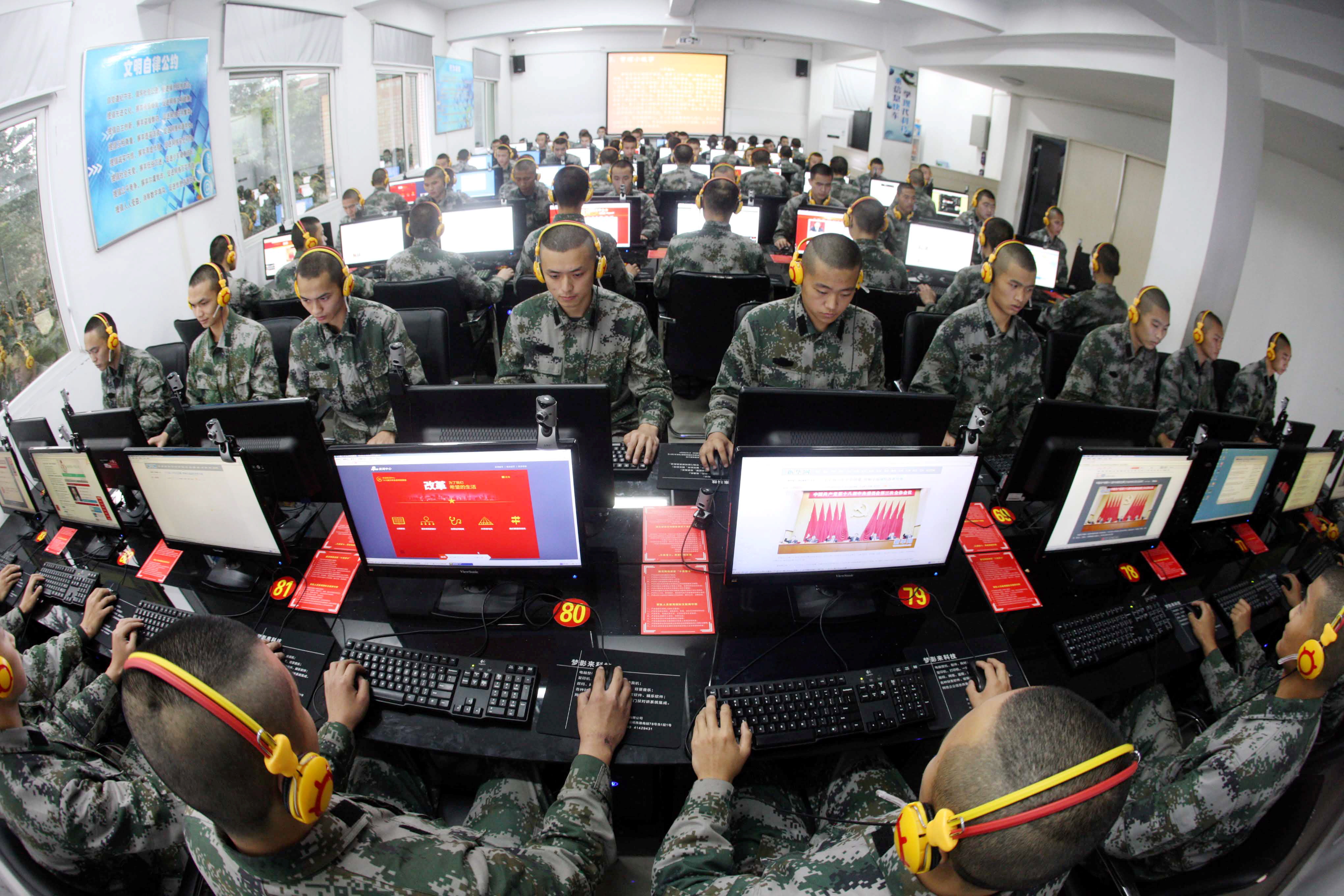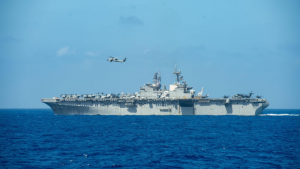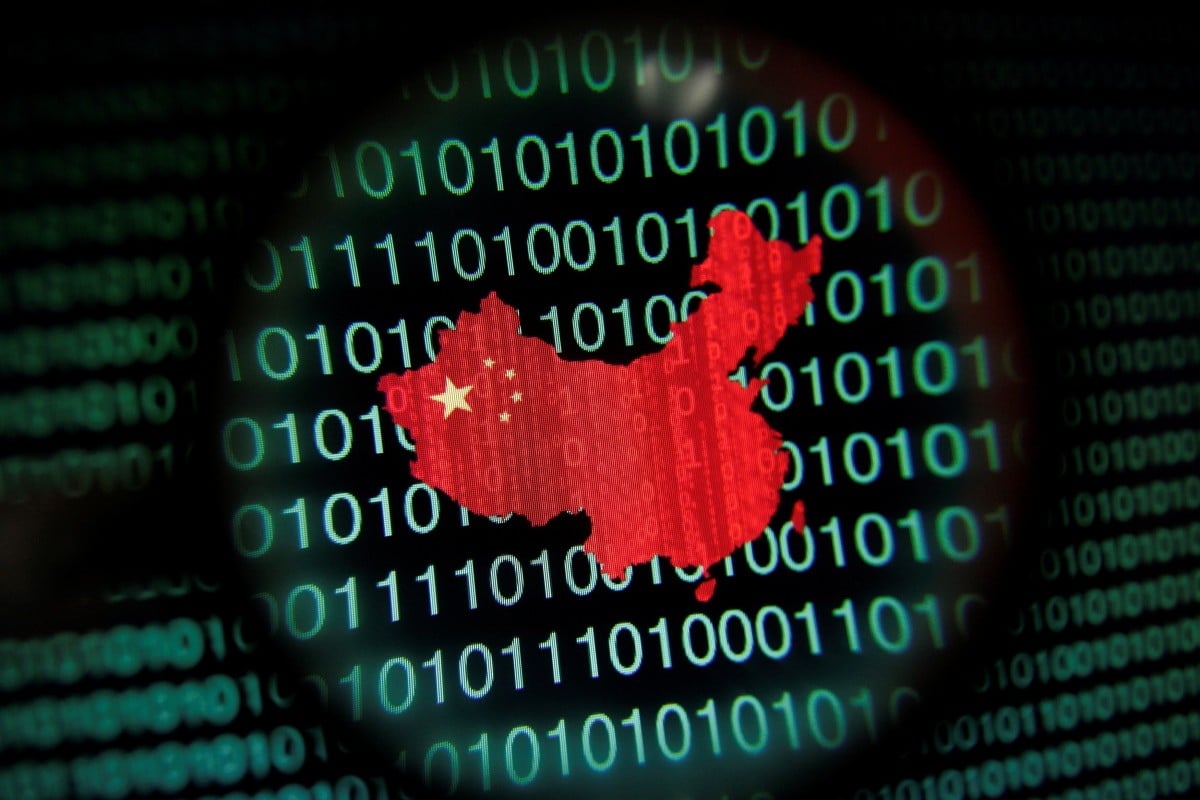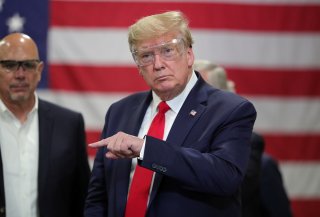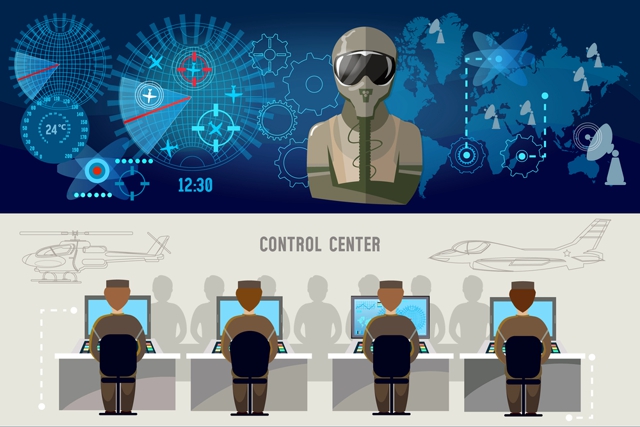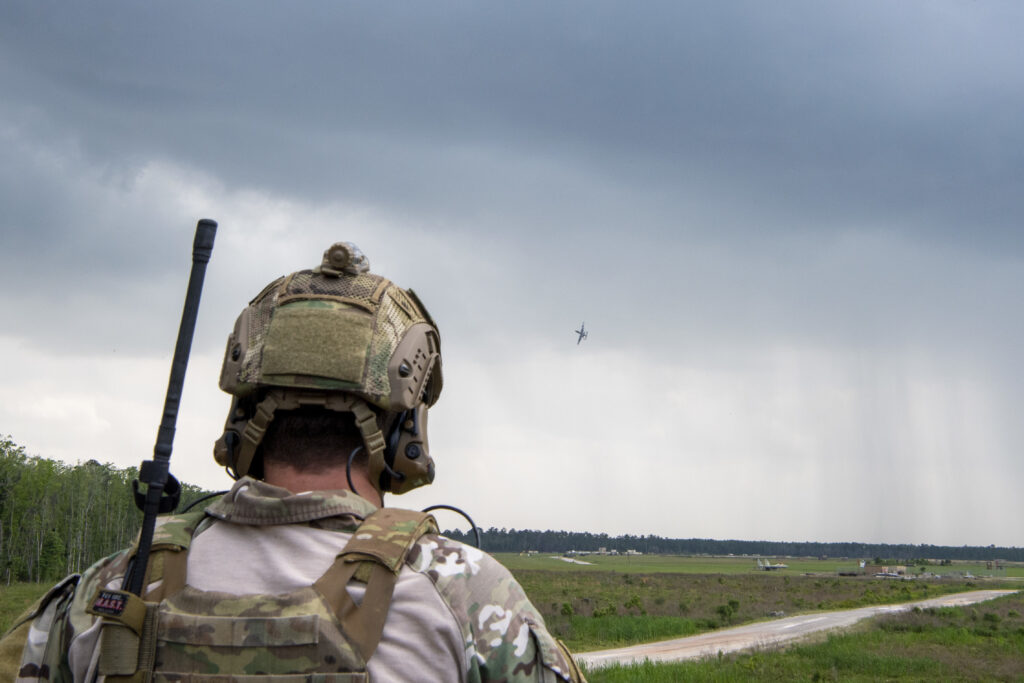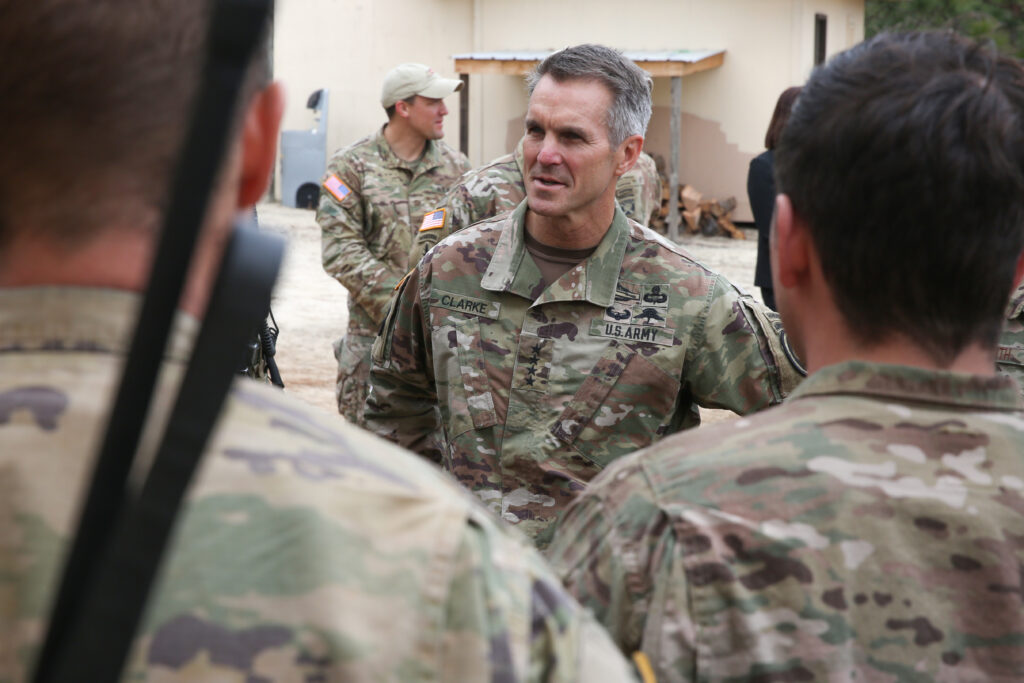 Reports emanating from the United States Department of Defence indicate that the US is all set to pull out all its troops from Afghanistan this year itself. This could result in the US withdrawal well before the timeline agreed to in the US-Taliban deal that was negotiated in February 2020.
Reports emanating from the United States Department of Defence indicate that the US is all set to pull out all its troops from Afghanistan this year itself. This could result in the US withdrawal well before the timeline agreed to in the US-Taliban deal that was negotiated in February 2020.
Once implemented this could bring an end to the longest war in the US history. The US government is rushing through the motions, as pulling out of Afghanistan could possibly bolster President Donald Trump’s re-election campaign, which has come under severe strain after his handling of the Covid-19 crisis.
However, the million-dollar question is: will the US withdrawal usher in peace? One needs to understand that for a long time now, the US forces were not in the forefront of fighting the Taliban or its numerous splintered associates and adversaries. The fight against the Taliban and other terrorist outfits has largely been carried out by the Afghan National Army (ANA) and the Afghan National Police. The US forces were occasionally called upon to provide support, as the nascent Afghan Air Force does not possess adequate firepower to provide close air support to the Afghan National Security Force (ANSF).
